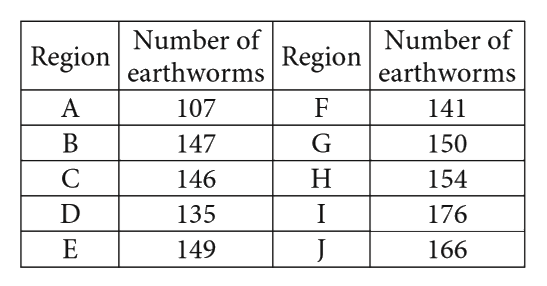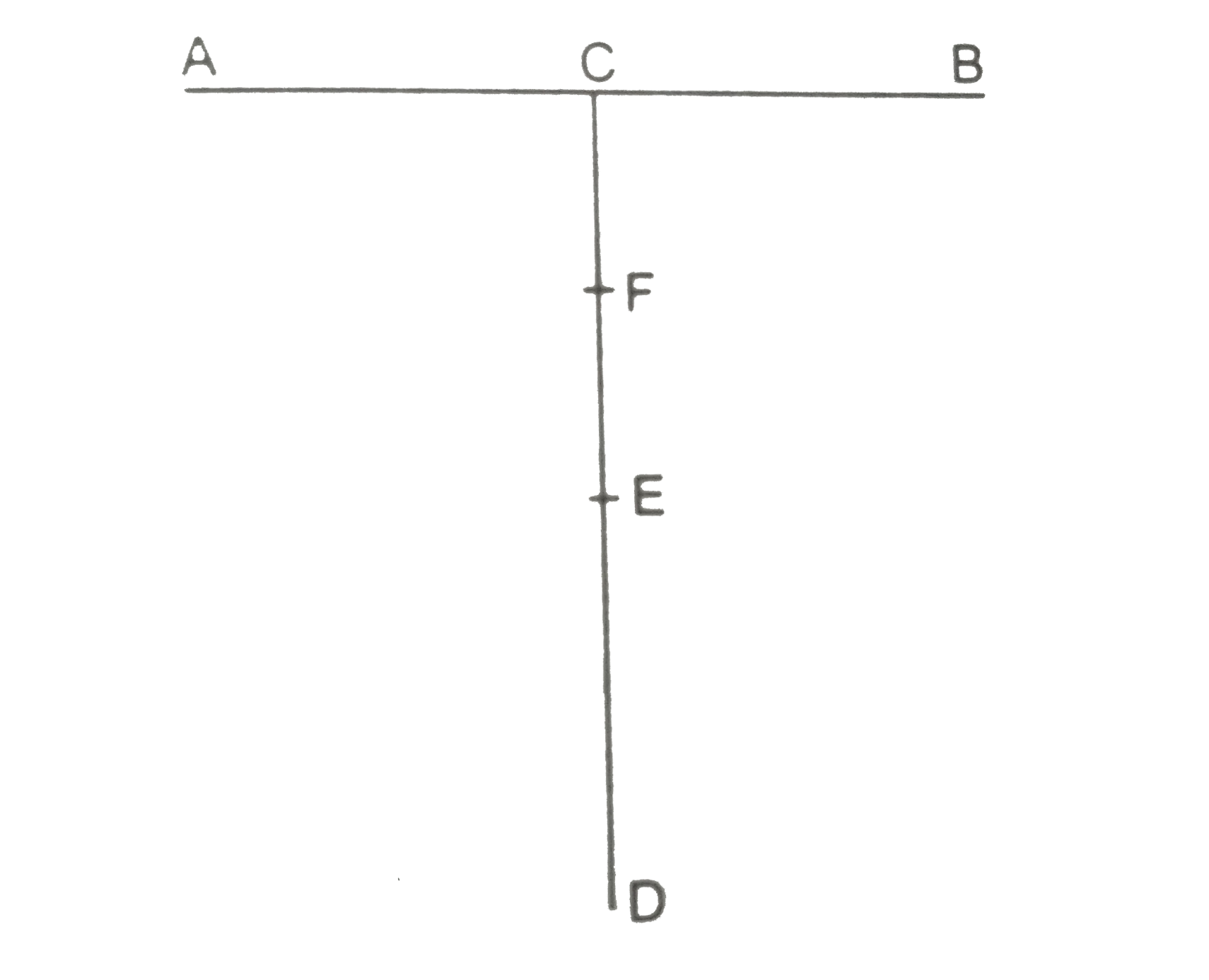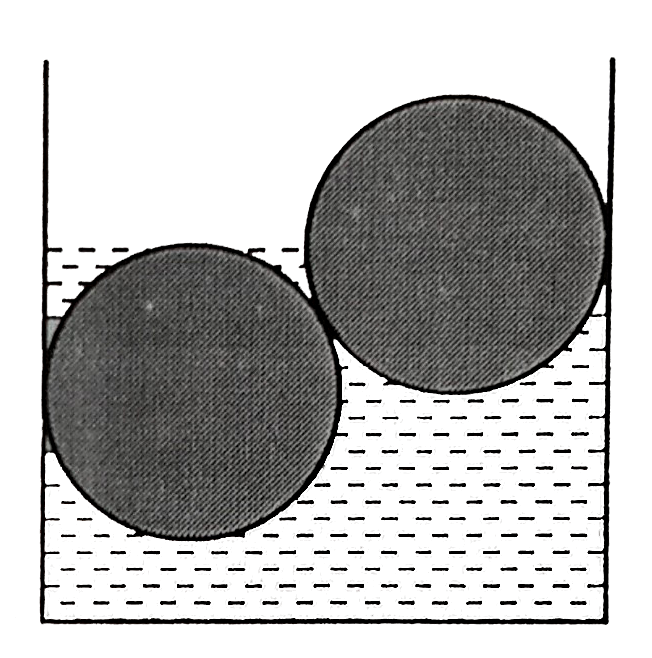In earthworm, there is a ring of S-shaped setae, embedded in the epidermal pit at the middle of each segment except
First
Last
Clitellar
First, last, and clitellar segments
The correct Answer is:D
To solve the question regarding the absence of S-shaped setae in earthworms, we can follow these steps:
1. Understanding the Structure:
- Earthworms have a body divided into segments, typically ranging from 100 to 120 segments. Each segment has a ring of S-shaped setae embedded in the epidermal pit.
2. Function of S-shaped Setae:
- These setae are lateral appendages that assist in locomotion, allowing the earthworm to move through soil and other substrates.
3. Identifying Segments:
- The segments of the earthworm are numbered from the anterior (front) to the posterior (back). The first segment is known as the peristomium.
4. Segments Lacking S-shaped Setae:
- The S-shaped setae are absent in the following segments:
- Peristomium (1st segment): This is the first segment located at the anterior end of the earthworm.
- Clitellar segment (14th to 16th segments): This segment contains glandular tissue important for reproduction.
- Last segment: The terminal segment of the earthworm also lacks setae.
5. Conclusion:
- Therefore, the segments where S-shaped setae are absent include the first segment (peristomium), the last segment, and the clitellar segment.
Final Answer:
The S-shaped setae are absent in the first segment (peristomium), the last segment, and the clitellar segment.
- Earthworms have a body divided into segments, typically ranging from 100 to 120 segments. Each segment has a ring of S-shaped setae embedded in the epidermal pit.
- These setae are lateral appendages that assist in locomotion, allowing the earthworm to move through soil and other substrates.
- The segments of the earthworm are numbered from the anterior (front) to the posterior (back). The first segment is known as the peristomium.
- The S-shaped setae are absent in the following segments:
- Peristomium (1st segment): This is the first segment located at the anterior end of the earthworm.
- Clitellar segment (14th to 16th segments): This segment contains glandular tissue important for reproduction.
- Last segment: The terminal segment of the earthworm also lacks setae.
- Therefore, the segments where S-shaped setae are absent include the first segment (peristomium), the last segment, and the clitellar segment.
The S-shaped setae are absent in the first segment (peristomium), the last segment, and the clitellar segment.
Topper's Solved these Questions
- STRUCTURAL ORGANISATION IN ANIMALSBOOK - CENGAGE BIOLOGY ENGLISHCHAPTER - STRUCTURAL ORGANISATION IN ANIMALSEXERCISE - ARCHIVES
27 Videos
- RESPIRATION IN PLANTS BOOK - CENGAGE BIOLOGY ENGLISHCHAPTER - RESPIRATION IN PLANTS EXERCISE - ARCHIVES
12 Videos
- THE LIVING WORLDBOOK - CENGAGE BIOLOGY ENGLISHCHAPTER - THE LIVING WORLDEXERCISE - ARCHIVES
24 Videos
Similar Questions
Knowledge Check
A square field measures 10 meters by 10 meters. Ten students each mark off a randomly selected region of the field, each region is square and has side lengths of 1 meter, and no two regions overlap. The students count the earthworms contained in the soil to a depth of 5 centimeters beneath the ground’s surface in each region. The results are shown in the table below.

Which of the following is a reasonable approximation of the number of earthworms to a depth of 5 centimeters beneath the ground’s surface in the entire field?A150B1500C15000D150000
(a) Complete the following chemical equations for reactions :
(i)MnO−4(aq)+S2O2−3(aq)+H2O(l)→
(ii) Cr2O2−7(aq)+H2S(g)+H+(aq)→
(b) Give an explanation for each of the following observations :
(i) The gradual decrease in size (actinoid contraction) from element to element is greater among the actinoids than that among the lanthanoids (lanthanoid contraction.)
(ii) The greatest number of oxidation states are exhibited by the members in the middle of a transition series.
(iii) With the same d-orbitals configuration (d4)Cr2+ ion is a reducing agent but Mn3+ ion is an oxidising agent .
View SolutionLet Ar,r=1,2,3, , be the points on the number line such that OA1,OA2,OA3. are in GP, where O is the origin, and the common ratio of the GP be a positive proper fraction. Let M, be the middle point of the line segment ArAr+1. Then the value of ∞∑r=1OMr is equal to
(a) OA1(OSA1−OA2)2(OA1+OA2) (b) OA1(OA2+OA1)2(OA1−OA2) (c)OA12(OA1−OA2) (d) ∞
View SolutionTwo identical uniform rods AB and CD, each of length L are jointed to form a T-shaped frame as shown in figure. Locate the centre of mass of the frame. The centre of mass of a uniform rod is at the middle point of the rod.

View SolutionTwo wave pulses identical in shape but inverted with respect to each other are produced at the two ends of a stretched string. At an instant when the pulses reach the middle, the string becomes completely straight. What happens to the energy of the two pulses ?
View SolutionTwo wave pulses identical in shape but inverted with respect to each other are produced at the two ends of a stretched string. At an instant when the pulses reach the middle, the string becomes completely straight. What happens to the energy of the two pulses ?
View SolutionThe bar shown in the figure is made of a single piece of material. It is fixed at one end. It consists of two segments of equal lengh L/2 each but different cross sectional area A and 2A. Find the ratio of total elongation in the bar to the elongation produced in thicker segment under the action of an axial force F. Consider the shape of the joint to remain circular. (Given :Y is Young's modulus.
View SolutionThere are two cylinder shaped wooden billets, each having a mass of mass 45kg, in a vertical wall sewage, which contains water in it. the two billets have the same size and the same material, they touch each other and the walls of the sewage. One of them is totally under the water, whilst only half of the other one is immersed into the water. Friction is negligible everywhere. (density of water is 1000kg/m3 and g=10m/s2). Choose the correct option(s)

View Solution